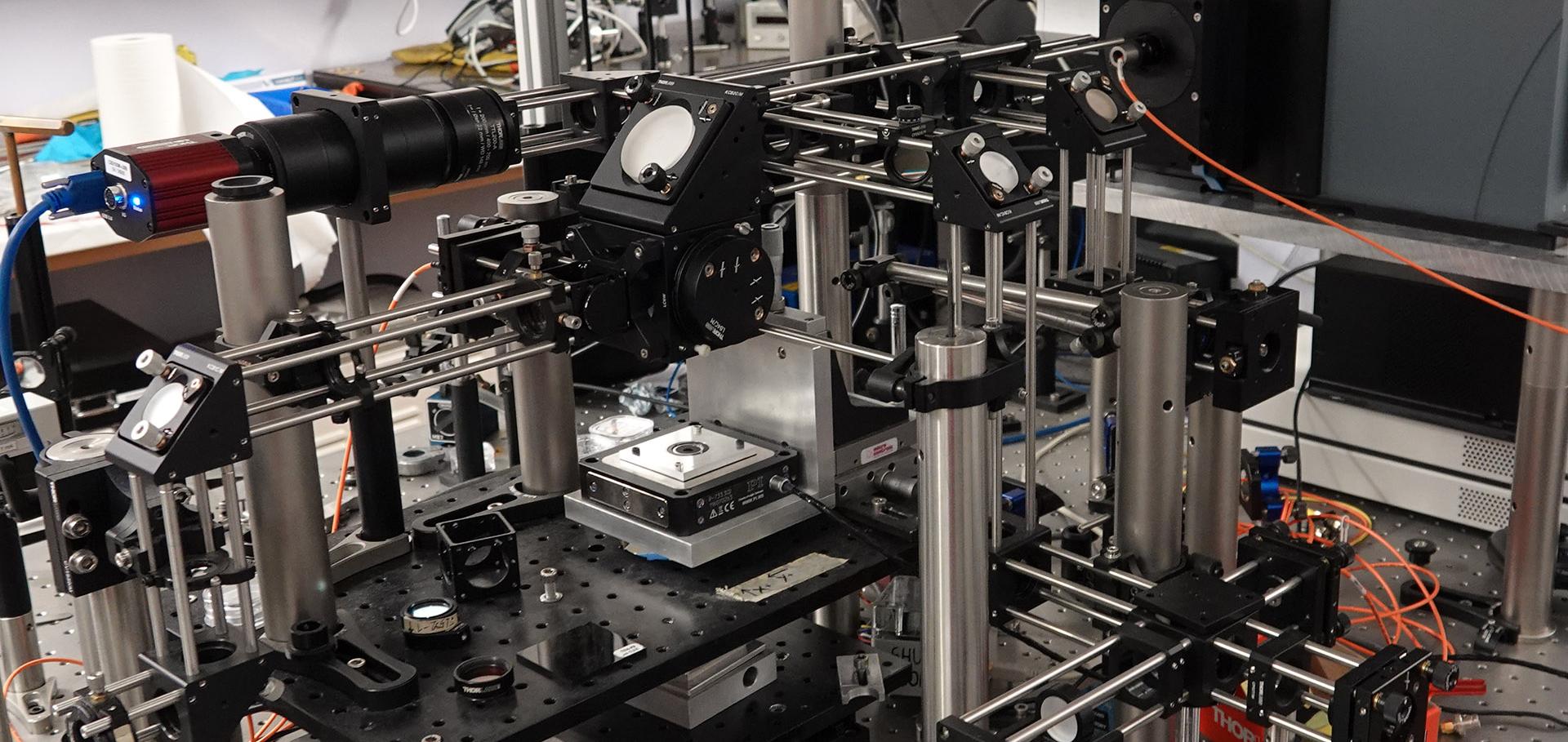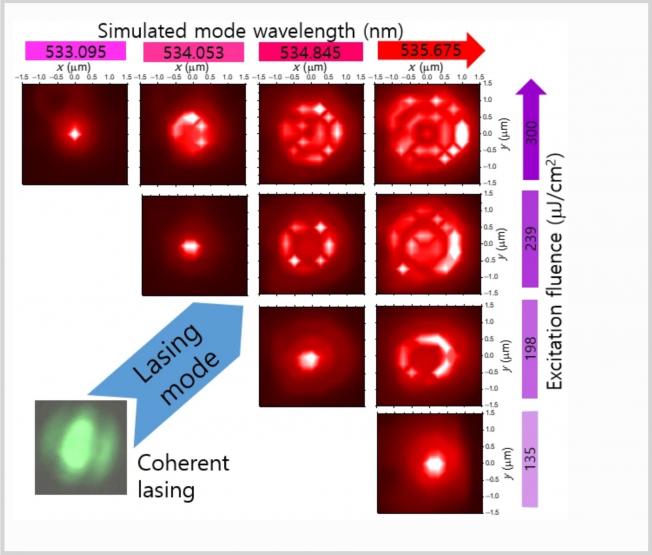Quantum dot-like excitonic behavior in individual single walled-carbon nanotubes
Scientific Reports Nature Publishing Group 6 (2016) 37167
Abstract:
Semiconducting single-walled carbon nanotubes are one-dimensional materials with great prospects for applications such as optoelectronic and quantum information devices. Yet, their optical performance is hindered by low fluorescent yield. Highly mobile excitons interacting with quenching sites are attributed to be one of the main non-radiative decay mechanisms that shortens the exciton lifetime. In this paper we report on time-integrated photoluminescence measurements on individual polymer wrapped semiconducting carbon nanotubes. An ultra narrow linewidth we observed demonstrates intrinsic exciton dynamics. Furthermore, we identify a state filling effect in individual carbon nanotubes at cryogenic temperatures as previously observed in quantum dots. We propose that each of the CNTs is segmented into a chain of zero-dimensional states confined by a varying local potential along the CNT, determined by local environmental factors such as the amount of polymer wrapping. Spectral diffusion is also observed, which is consistent with the tunneling of excitons between these confined states.Room temperature exciton-polaritons with two-dimensional WS2
Scientific Reports Nature Publishing Group 6 (2016) 33134
Abstract:
Two-dimensional transition metal dichalcogenides exhibit strong optical transitions with significant potential for optoelectronic devices. In particular they are suited for cavity quantum electrodynamics in which strong coupling leads to polariton formation as a root to realisation of inversionless lasing, polariton condensation and superfluidity. Demonstrations of such strongly correlated phenomena to date have often relied on cryogenic temperatures, high excitation densities and were frequently impaired by strong material disorder. At room-temperature, experiments approaching the strong coupling regime with transition metal dichalcogenides have been reported, but well resolved exciton-polaritons have yet to be achieved. Here we report a study of monolayer WS2 coupled to an open Fabry-Perot cavity at room-temperature, in which polariton eigenstates are unambiguously displayed. In-situ tunability of the cavity length results in a maximal Rabi splitting of ~ΩRabi = 70 meV, exceeding the exciton linewidth. Our data are well described by a transfer matrix model appropriate for the large linewidth regime. This work provides a platform towards observing strongly correlated polariton phenomena in compact photonic devices for ambient temperature applications.Barrier engineering of a photonic molecule in a photonic crystal waveguide
Optica Publishing Group (2016) sf1e.1
Gain Spectroscopy and Tunable Single Mode Lasing of Solution-Based Quantum Dots and Nanoplatelets Using Tunable Open Microcavities
Optica Publishing Group (2016) sw1m.3
Charge separated states and singlet oxygen generation of mono and bis adducts of C60 and C70
Chemical Physics Elsevier 465-466 (2015) 28-39



